Exoplanets & Stellar Astrophysics Research
Exoplanets & Stellar Astrophysics Research
Extrasolar Planets
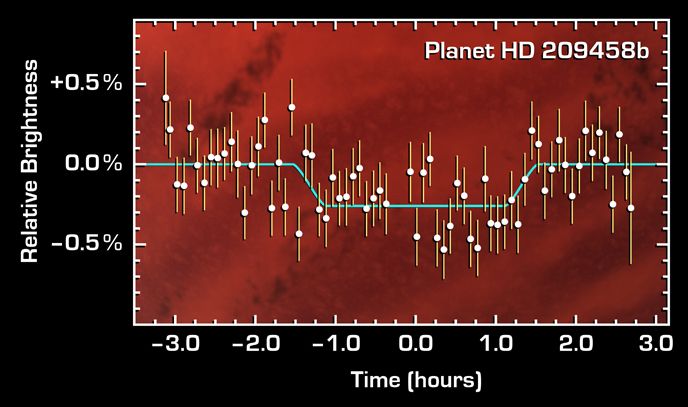
|
| Photometry of the secondary transit of exoplanet HD 209458 with Spitzer. |
Besides the many missions and programs aimed at planet detection,
current exoplanet research at Goddard includes
transit spectroscopy, searches for planets around white dwarfs,
research in to the nature of the habitable zone, and theoretical studies
of planet formation.
A number of the extrasolar planets detected so far exhibit a transit
across their parent star as seen from Earth. These planets have
offered the deepest look yet into the nature of planets outside the
solar system. Using the Spitzer Space Telescope, our team
has recently detected one planet's secondary eclipse---the time when the
planet disappears behind the star. This observation represents the
first detected of radiation emitted from an extrasolar planet.
Drake Deming,
Marc Kuchner,
Bill Danchi , Richard Barry, Bruce Woodgate, Jeremy Richardson
Videos
about the first detection of light from an exoplanet.
Goddard's Astrobiology Node
Goddard's Solar
System Exploration
Division
Debris Disks
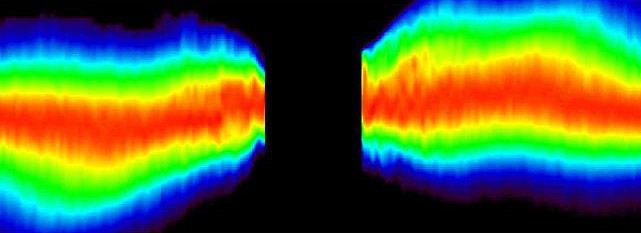 |
| STIS coronagraphic image of the edge-on debris disk around Beta Pictoris. |
The Beta Pictoris circumstellar disk is referred to as a debris disk,
since the gas and dust surrounding this 12 Myr old star is produced
by the destruction of solid planetary material. A debris disk like
this one is probably in the terrestrial planet formation phase.
Our group studies debris disks as a means of learning about planet
formation and as a stepping stone towards direct detection of exoplanets.
Mark
Clampin, Carol Grady, Sally Heap, Marc Kuchner,
Aki Roberge
Young Stellar Objects
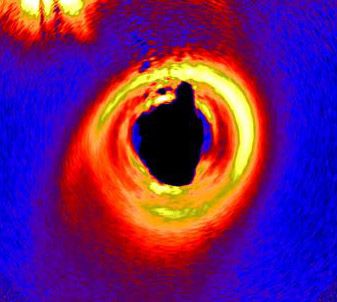 |
| Coronagraphic image of the protoplanetary disk around HD141569 with ACS. |
Jovian planets probably form in disks arond young stellar objects like T
Tauri stars and Herbig Ae stars. Images of these stars tell us about the
temperatures, dynamics, and chemistry of protoplanetary disks and their
associated phenomena: jets and outflows. Goddard astronomers observe
yonung stellar objects with HST and with ground-based interferometers like
the Keck Interferometer
and the IOTA
interferometer.
Bill
Danchi, Mark
Clampin,
Carol Grady,
Richard Barry
Stellar Astrophysics
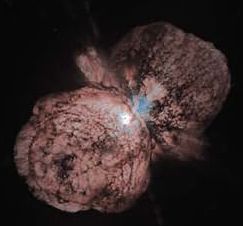 |
| WFPC2 image of supermassive star Eta Carina |
Goddard Scientists study individual stars--
supermassive stars, Wolf-Rayet stars, chromospherically active stars,
luminous blue variables--
and also stellar populations in the Milky Way and in nearby galaxies like
M31.
Using FUSE and HST, we study the X-ray-modified stellar winds from
high-mass X-ray binaries the
explosion debris from supernova 1987A, and molecular hydrogen in planetary
nebulae.
Ted
Gull,
Ken Carpenter, Rosina Iping, Bill
Danchi,
Sally Heap, Randy
Kimble,
Allen Sweigart, George Sonneborn, Jon Morse, Derck Massa, Chuck Bowers,
Jay Rajagopal, Debra
Wallace
Far Ultraviolet Spectroscopic
Explorer
Eta Carina Website
GALEX Website
Pretty HST Pictures
Theory
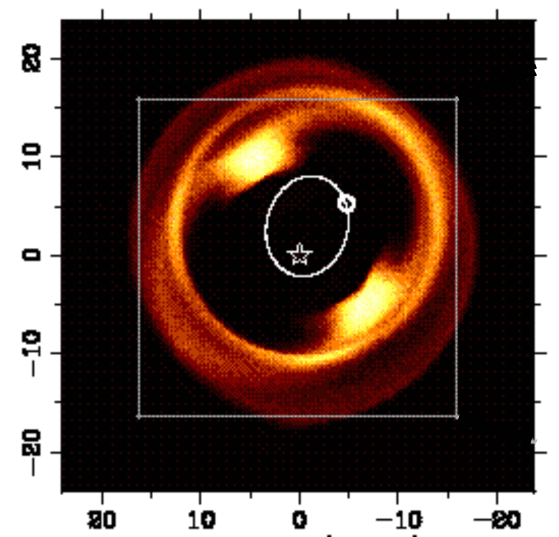 |
| Numerical model of the dust around main sequence star Vega, showing the dynamical influence of a planet on an eccentric orbit. |
Using Goddard's supercomputers combined with new analytic methods, our
team studies the dynamics
of planetary systems, planet formation, the origin of the Earth's water
and the variety of extrasolar
planets.
We are working on understanding post-main-sequence evolution, including
the propertiesof
horizontal branch stars, non-canonical mixing in stellar interiors, and
the second parameter
effect in globular clusters.
Marc Kuchner,
Eli Dwek, Allen
Sweigart, Chris Stark.
Thunderhead Beowulf
cluster
Columbia
Supercomputer
Instrumentation
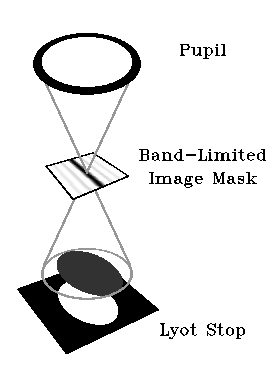
|
Besides directly supporting ongoing programs and missions, we research new
instrumentation concepts that
will help us
detect and characterize extrasolar planets and create high-resolution
images of stars and circumstellar
environments. We are pursing laboratory and theoretical studies of
coronagraphy,
wavefront sensing, development
of new detectors and photocathodes,
Fabry-Perot spectroscopy,
integrated field spectrographs, and
new interferometric techniques at visible, infrared and submillimeter
wavelengths.
Rick Lyon, Chuck Bowers, Marc Kuchner,
Randy Kimble, Bruce Woodgate, Ken Carpenter, Tim Norton,
Carol Grady, Harvey Moseley, Bill Danchi
